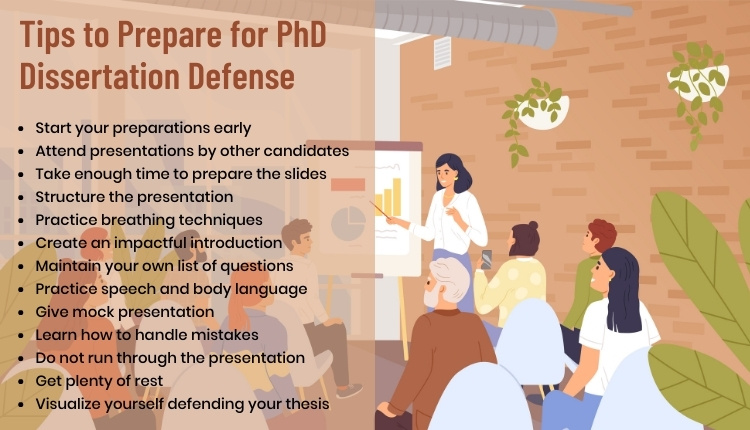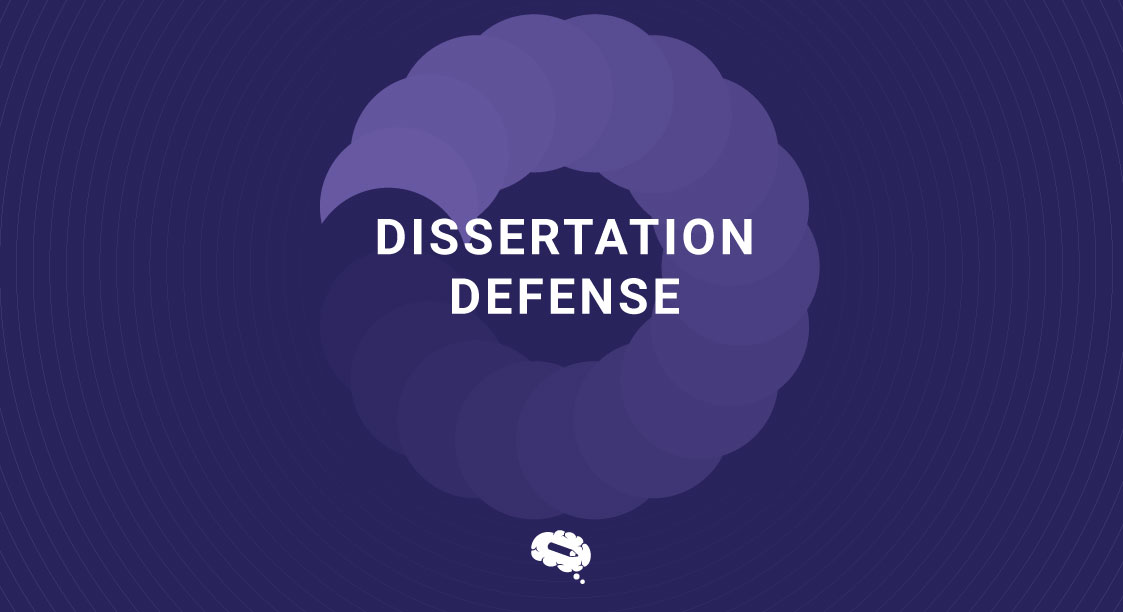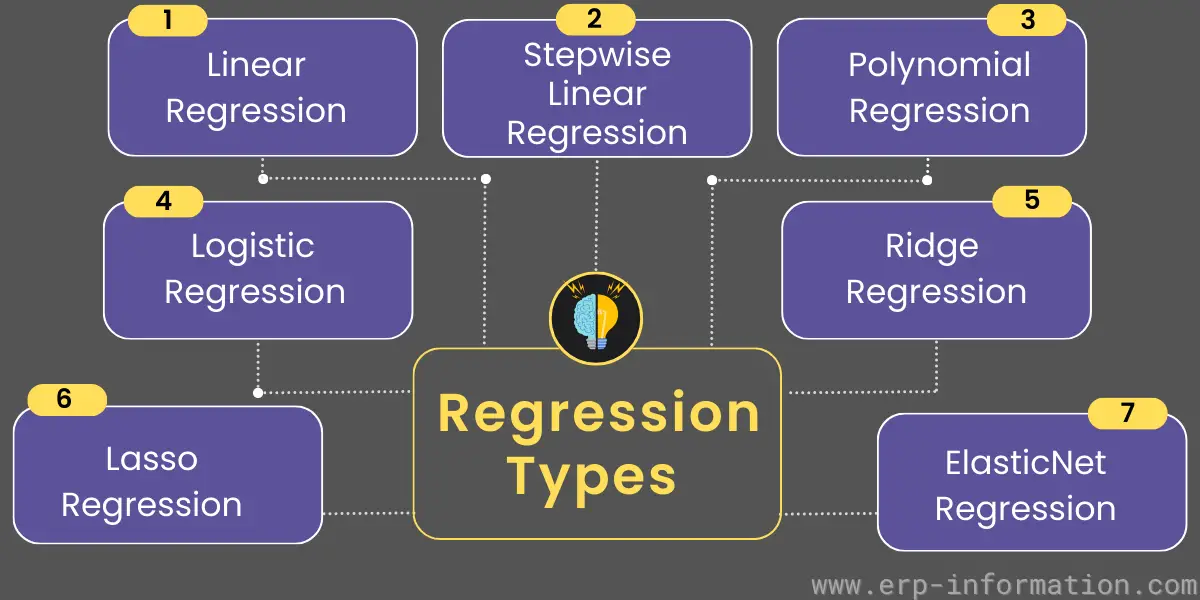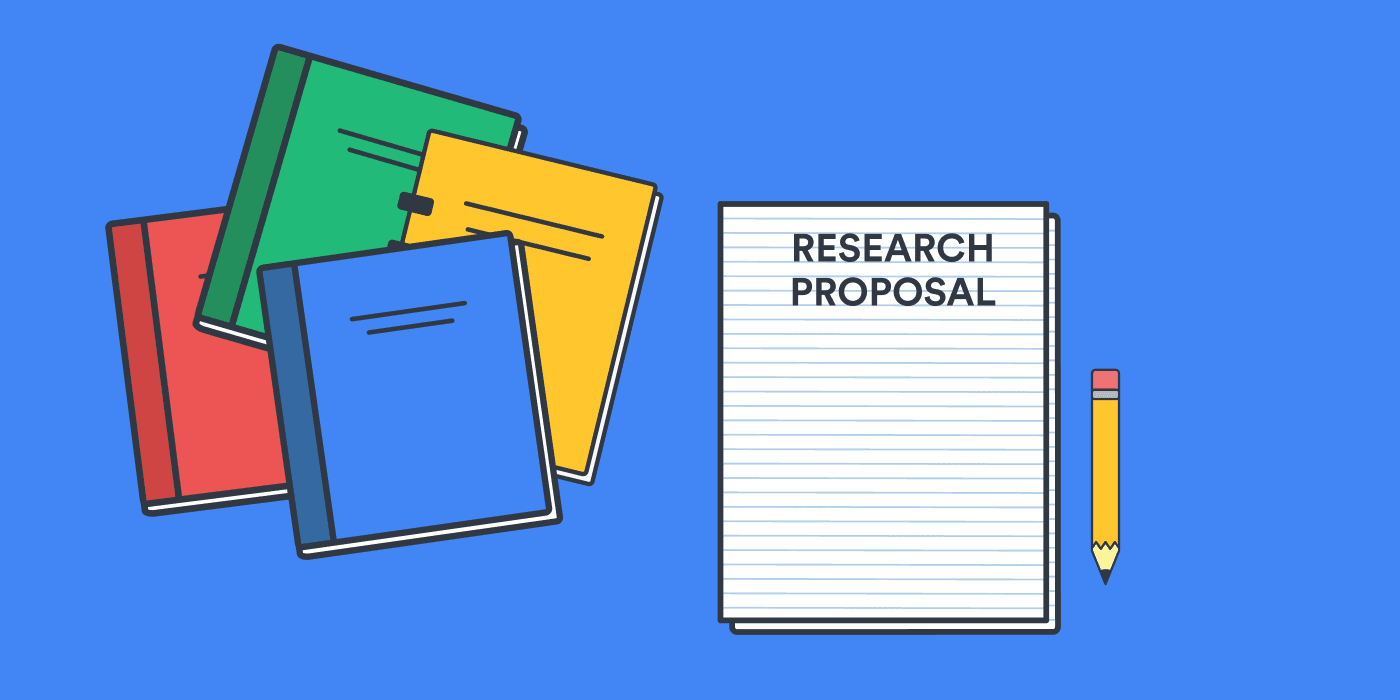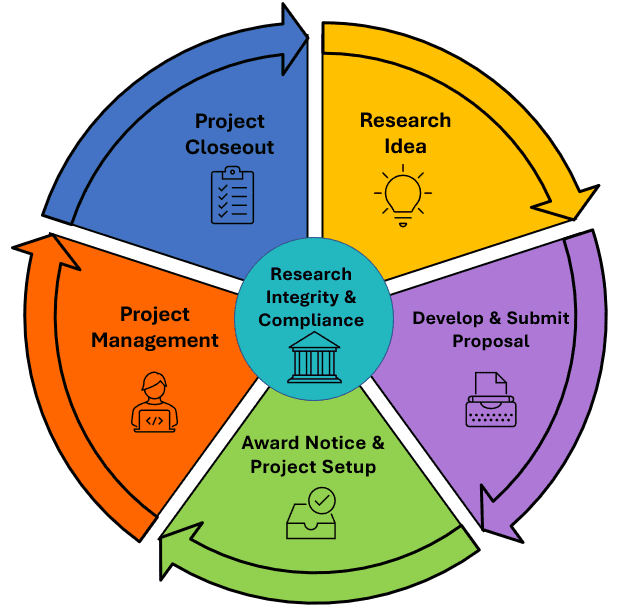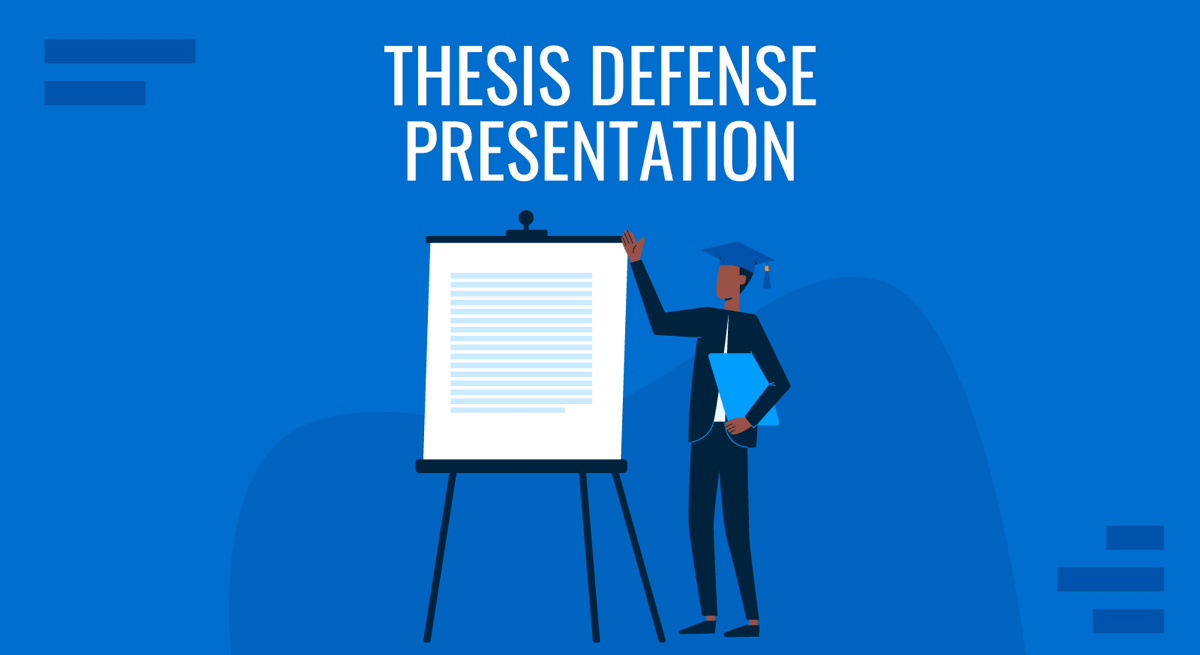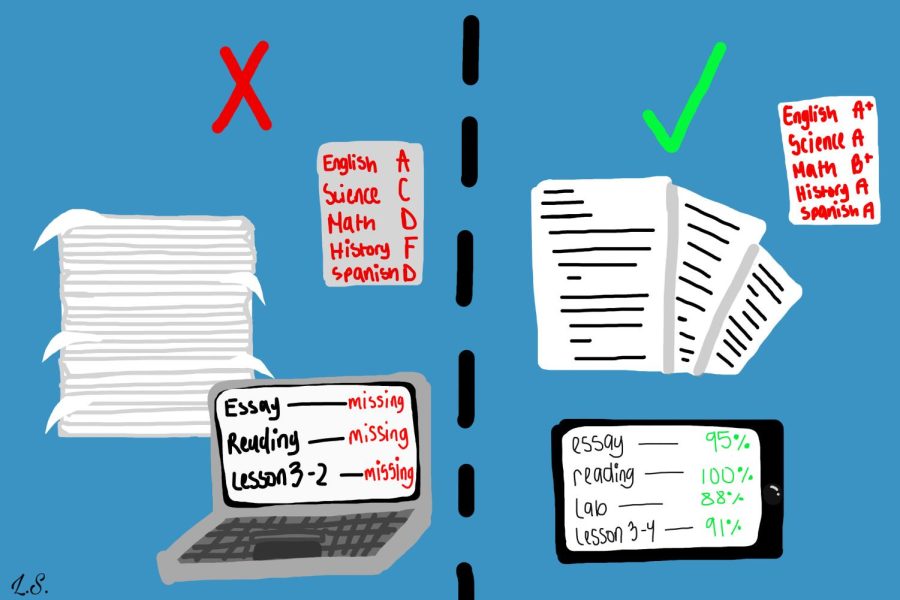Strategies for a Successful Dissertation Defense|2025
/in General Articles /by BesttutorExplore strategies for a successful dissertation defense. Learn how to prepare effectively, present confidently, and address questions to showcase your research with excellence.
The dissertation defense represents the culmination of years of academic effort, research, and perseverance. Whether it is a Master’s or PhD dissertation, defending your work can be a daunting task for many students. It requires not only a thorough understanding of your research topic but also the ability to clearly articulate your findings, defend your methodology, and answer tough questions from your committee members. In this paper, we will explore several key strategies to ensure a successful dissertation defense. Topics will include how to get ideas for a successful dissertation defense, sample defense formats, preparing for common defense questions, tips for creating an engaging dissertation defense presentation, and how to approach your defense with confidence.
Get Ideas for a Successful Dissertation Defense
The first step toward a successful dissertation defense is to gather ideas and insights from multiple sources. One useful strategy is reviewing dissertation defense examples from previous students in your department or field. These examples can provide you with an understanding of the typical structure, common pitfalls to avoid, and effective ways to present your research.
There are several ways you can get ideas for a successful dissertation defense:
- Review Successful Defenses: If possible, attend other students’ dissertation defenses. This will allow you to observe how they prepare, the questions posed by the committee, and the way they respond. Take note of the types of presentations that are most effective in engaging the committee and maintaining clarity.
- Seek Feedback from Your Advisor: Your dissertation advisor or mentor is an invaluable resource. They have likely seen many defenses and can provide you with insights into what works and what doesn’t. Ask them for suggestions on how to approach the defense and which areas to focus on.
- Explore Online Resources and Samples: Searching for dissertation defense samples and dissertation defense PDF documents online can help you understand common formats and expectations. These resources may also include presentation slides, answers to frequently asked questions, and helpful tips for managing nerves during the defense.
Dissertation Defense Presentation: Structure and Tips
Your dissertation defense presentation is one of the most critical components of the defense. It serves as an introduction to your research and provides the committee with a clear and concise overview of your work. A well-structured presentation will not only help you communicate your research effectively but also give you the confidence to answer questions and defend your findings.
A typical dissertation defense presentation includes the following sections:
- Introduction: Start by providing a brief overview of your research topic, the problem you aimed to solve, and the significance of your study. You can also briefly introduce your research questions or hypotheses.
- Literature Review: Summarize key studies and theoretical frameworks that informed your research. This section should demonstrate your understanding of the existing literature and how your work contributes to the field.
- Methodology: Describe the research methods you used, including data collection, analysis techniques, and any challenges you faced during the research process. Be prepared to explain why you chose these methods and how they were appropriate for your study.
- Results and Discussion: Present the key findings of your research, using visuals such as graphs or tables to make your results more accessible. Discuss the implications of your findings and how they relate to the existing literature.
- Conclusion: Conclude your presentation by summarizing your research contributions, the limitations of your study, and any recommendations for future research.
Dissertation Defense Example: How to Prepare for Common Questions
One of the most nerve-wracking aspects of a dissertation defense is answering questions from the committee. It’s essential to anticipate the kinds of questions you might face and prepare for them in advance. Here are some common types of questions that may arise during a dissertation defense:
- Clarification Questions: These questions are designed to ensure that the committee fully understands your research. Be prepared to clarify complex concepts, data, or methodologies. For example, you might be asked, “Can you explain the rationale behind your choice of methodology?”
- Defending Your Findings: Committee members may challenge your conclusions or ask you to defend certain aspects of your research. For instance, you could be asked, “Why did you not consider alternative explanations for your findings?”
- Theoretical or Conceptual Questions: Expect questions about the theoretical framework you used and how your research fits within the broader academic context. A common question might be, “How does your research contribute to the existing body of knowledge in your field?”
- Practical Implications: Committee members may ask about the real-world applications of your research. For example, “What are the practical implications of your study for practitioners in your field?”
- Future Research Directions: It’s also common for committee members to inquire about the future directions for your research. You might be asked, “What are the next steps in your research? How could this study be expanded or further developed?”
To prepare for these questions, create a list of potential queries based on your research topic, methodology, and conclusions. Practice answering these questions out loud, either alone or with a peer, to help you refine your responses and boost your confidence.
Dissertation Defense: The Debate Between “Defense” and “Defence”
While both “defense” and “defence” refer to the same concept, it is important to note the difference in spelling between British and American English. In American English, the word is spelled “defense,” while in British English, it is spelled “defence.” Therefore, when preparing for your dissertation defense, be sure to use the appropriate spelling depending on your location or institution’s preferences.
Master Thesis Defense Example: How It Differs from a PhD Defense
While the defense process for a Master’s thesis and a PhD dissertation is similar in many respects, there are key differences. A Master thesis defense example will likely involve fewer questions and less in-depth analysis of the methodology and findings than a PhD defense. However, the same general strategies apply: preparation, clarity, and confidence are critical to a successful defense.
For a Master’s defense, committee members may focus more on the clarity and feasibility of your research, while for a PhD defense, you will be expected to defend not only your methodology and results but also the significance and originality of your contributions to the field.
How to Start a PhD Defense Presentation
Starting your PhD defense presentation can be the most challenging part. Your introduction should set the tone for the entire defense, as it is your first opportunity to present your work to the committee. Here are some tips for starting your PhD defense presentation effectively:
- Begin with a Strong Statement: Open with a statement that clearly articulates the problem your research addresses. This will immediately capture the committee’s attention and set the stage for your entire presentation.
- State the Research Question or Hypothesis: Clearly outline your research question or hypothesis, and explain why it is important to your field of study.
- Provide Context: Briefly provide context for your research by explaining the broader issue or gap in knowledge that your study aims to fill. You might also briefly mention any relevant theoretical frameworks.
- Be Concise and Confident: While it’s important to introduce your research, avoid overwhelming your audience with too much information right away. Be concise, clear, and confident as you lay the foundation for the rest of your presentation.
Conclusion
A successful dissertation defense requires careful preparation, a clear presentation, and the ability to respond confidently to questions from your committee. By gathering ideas from past defenses, practicing your presentation, anticipating common questions, and focusing on clear communication, you can approach your dissertation defense with confidence. Remember, the defense is an opportunity to demonstrate the significance of your research and to engage in meaningful discussion with experts in your field. With the right preparation and mindset, you can successfully defend your dissertation and take the final step toward earning your degree.
Needs help with similar assignment?
We are available 24x7 to deliver the best services and assignment ready within 3-4 hours? Order a custom-written, plagiarism-free paper

